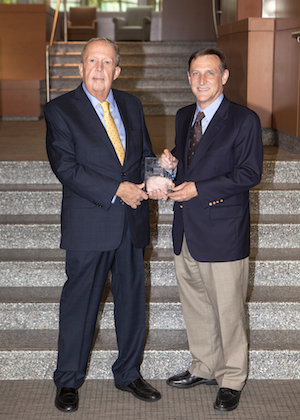An ongoing collaboration between the Emory Vaccine Center and the ICGEB (International Centre for Genetic Engineering and Biotechnology) in New Delh, investigating immune responses to dengue virus, is getting some attention.
A Journal of Virology paper published by the collaboration was highlighted by Nature Asia. In that paper, the researchers show that in dengue infection, the group of antiviral immune cells known as CD8+ T cells undergoes a massive expansion. That could be dangerous if all of the CD8 T cells were making inflammatory cytokines, but they do not. Only a small fraction are making cytokines.
The authors point out that this phenomenon is “somewhat reminiscent of T-cell exhaustion seen under the conditions of prolonged antigenic stimulus in chronic viral infections [which has been studied in detail by Rafi Ahmed and colleagues] or closely resembles the ‘stunned’ phenotype reported in febrile phase of other acute infections such as HIV and viral hepatitis… The IFN-γ unresponsiveness acquired during the massive antigen-driven clonal expansion is likely to ensure that these cells do not cause excessive inflammation at the time that their numbers are high during the febrile phase of dengue disease.” Read more








